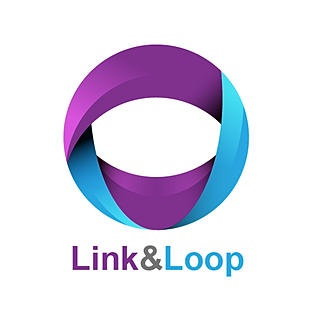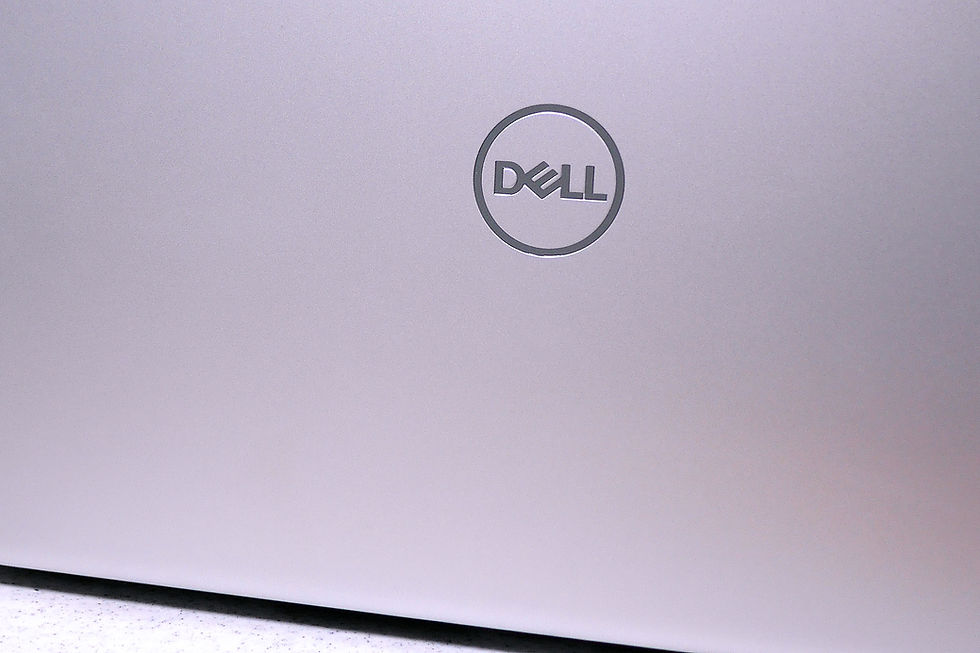From Dust to Tin: High-tech Metals Recycling
- Link and Loop
- Jan 26, 2019
- 2 min read
Updated: Jul 1, 2020

The History of RDH
RDH was established by Mr. Chen’s father in 1996 as Christmas tree production factory, and tin recycling came later. In the beginning after the switch to recycling, they focused on tin alloy and tin-lead alloy. Several years later, they went into the manufacturing of tin ingots and lead alloys.
Since 2003, the Industrial Development Bureau (IDB) has been guiding and supporting them with tin stripping and tin-lead scrap recycling processes. Using the IDB’s subsidies, they have set a goal to extract 25 kinds of metals in the next three years. It took 20 years for them to fully grow into an influential company with four production plants. They are certificated with ISO: 9000, ISO: 14001 and ISO: 50001.
In 2015, they decided to take part in Conflict Free Sourcing Initiative in order to be able to sell to European countries and Japan; as they all emphasize the desire to buy tin ingots from companies that use 100% recycled precious metals.

About Tin Recycling
RHD has three main policies. Firstly, be innovative. In order to compete with international corporations, they have to keep on improving their technology and skills to create better and novel products. Secondly, environmental protection. Besides earning money, it’s the company’ social responsibility to do their best to be sustainable. Lastly, client satisfaction.
As a company they annually produce 3,000 tons of pure tin. Their process of tin recycling starts from smelting. Then comes chemical methods, were precious resources and metals can be extracted. Lastly follows electrolysis to get pure tin and make tin ingots.
The main resources and ingredients for RDH comes from tin scrap from electronic factories and tin sludge. After smelting and electrolyzing, metals such as gold, antimony and silver are obtained from anodes. The metals acquired are used for many different products. For example, silver can be used within the arts; indium for electronic monitors; gold may be used as conductors and tin sulfate is found in the agricultural sector.
The company is putting this idea of cradle-to-cradle into practice by selling tin ingots to factories dealing with iron. Then, they collect tin sludge from the smelting process. Post-smelting, they can sell it back to the original factories. By following this circular process, the resources are reused continually.
Concluding Points
- RHD is one of the largest tin recyclers in Asia.
- They took a risk on tin recycling, and it paid off environmentally and financially.
- The circular economy inspires business models, from Christmas trees to tin, it’s never too late to change.
*This is speech summary from the Link and Loop Conference which was edited and compiled by the Link and Loop team. It was written and reported with the best available knowledge from the talk. There may be information discrepancies. Please contact the speaker for clarifications.




Comments